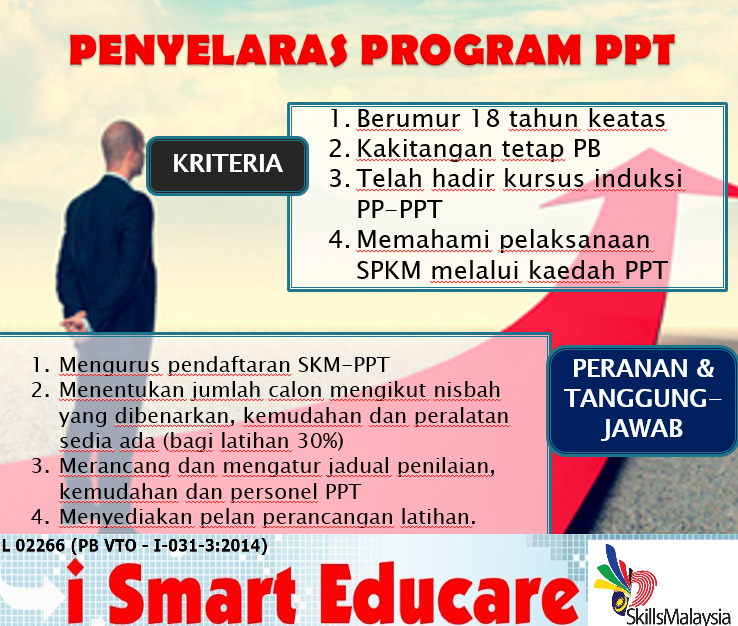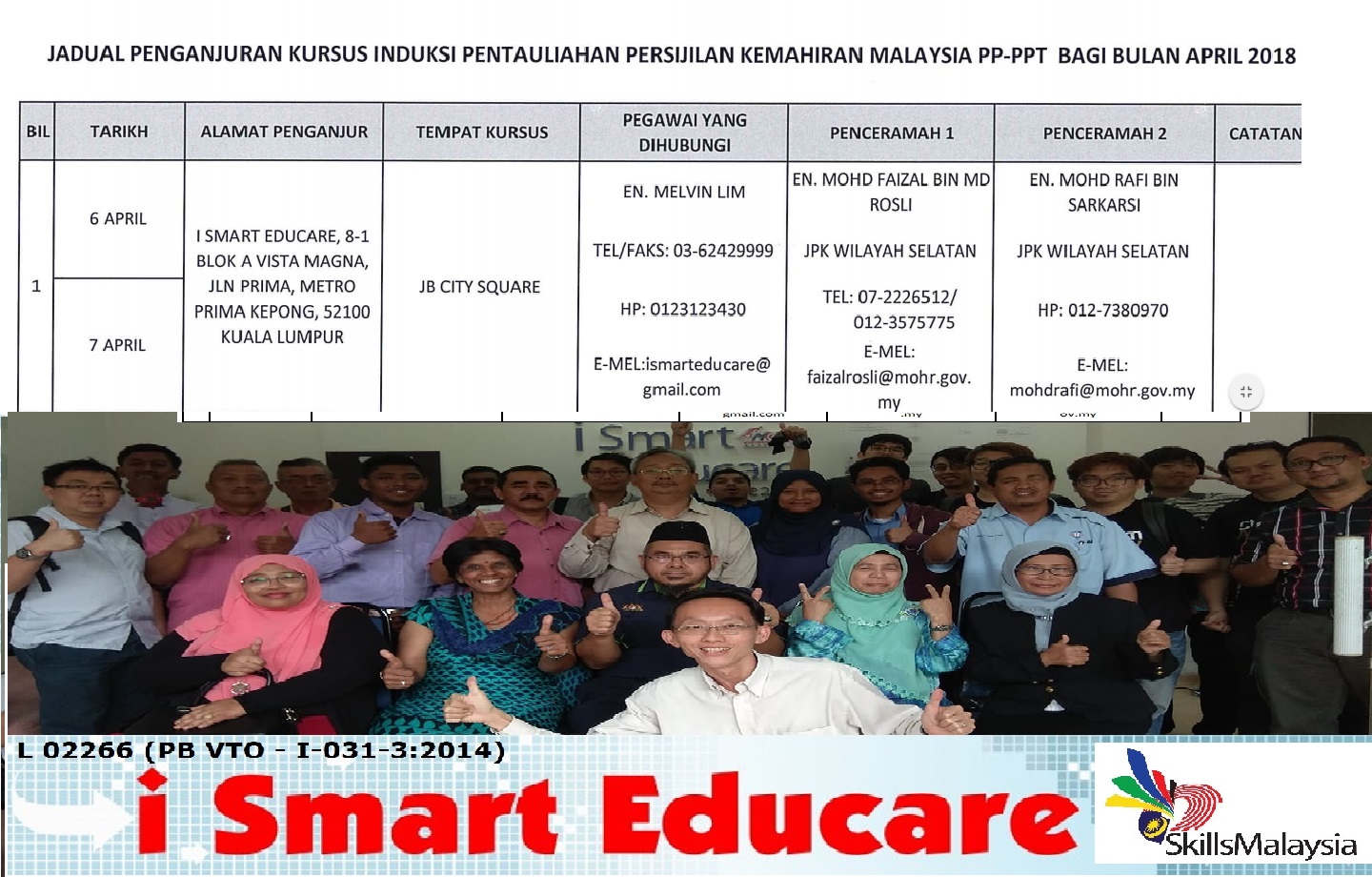
Greater focus on Technical and Vocational Education and Training (TVET), development of athletes and ways to reduce unemployment would likely be featured in the upcoming 2019 budget.
The Youth and Sports Ministry is already planning to reduce unemployment among youths to a single digit.
Its Minister Syed Saddiq Syed Abdul Rahman said there are many things on the ministry’s wishlist, but two specific items remain high on the agenda.
“In summary, I feel like there are needs to focus on allocation towards education which involves TVET and not merely tertiary education.
“I have brought this up to the Finance Ministry many times that the allocation for TVET must be enforced while the education and training itself must be industry-driven,” he said at the InvestSmart Fest 2018 in Kuala Lumpur last Friday.
He said TVET graduates of the Youth and Sports Skills Training Institute has an employment rate higher than 90%.
“Clearly, TVET is a training that makes graduates even more employable than those with a bachelor’s degree. The only thing left is to reinforce the training itself so that more people can join TVET,” he said.
He said by reinforcing education and training, the country can help youths from the bottom 40% households.
“We must also have an allocation to address the rate of youth unemployment. There must be an effort by all ministries to curb the issue and to reduce the rate of unemployment among youths to a single digit,” he said.
Some figures suggest youth unemployment rate stood at 10.85% last year, despite headline unemployment rate being 3.3%.
The Malaysian Reserve previously reported the high youth unemployment rate is backed by discriminating employers who prefer to hire foreign workers, as well as the increase in the number of graduates entering the job market.
Syed Saddiq said he would also like some allocation to be channelled for sportsmen and para-athletes.
“A higher allocation for sports is also required which is very important for both our athletes and paraathletes,” he said.
Meanwhile, InvestSmart Fest 2018 is an investor education initiative by the Securities Commission Malaysia (SC) aimed to promote awareness and knowledge on the Malaysian capital market to youth.
SC chairman Tan Sri Ranjit Ajit Singh said the SC has developed a mobile application game to introduce the foundation of capital market concepts to tech-savvy users.
“There is a perception that capital markets are intimidating or dry. We want to shift the perception and make learning more fun and enjoyable,” he said.
According to the Asian Institute of Finance, investments are not a priority for millennials, with only 41% out of 1,000 respondents say they diversify their investments and only 23% would invest more than 20% of their monthly income, while another 40% invest less than 10%.
Source: The Malaysian Reserve













